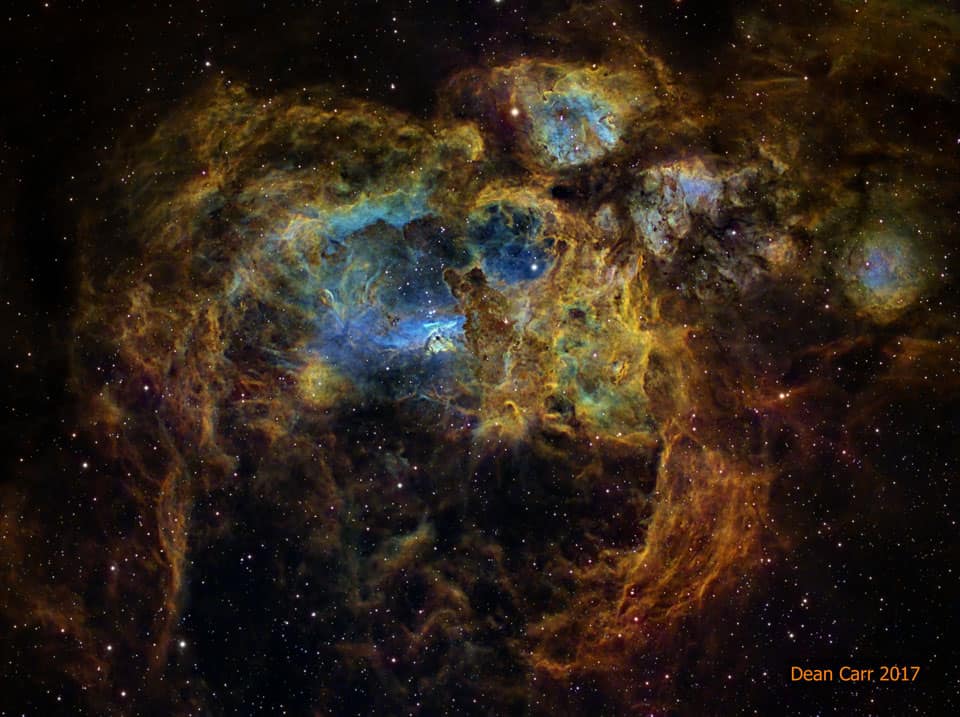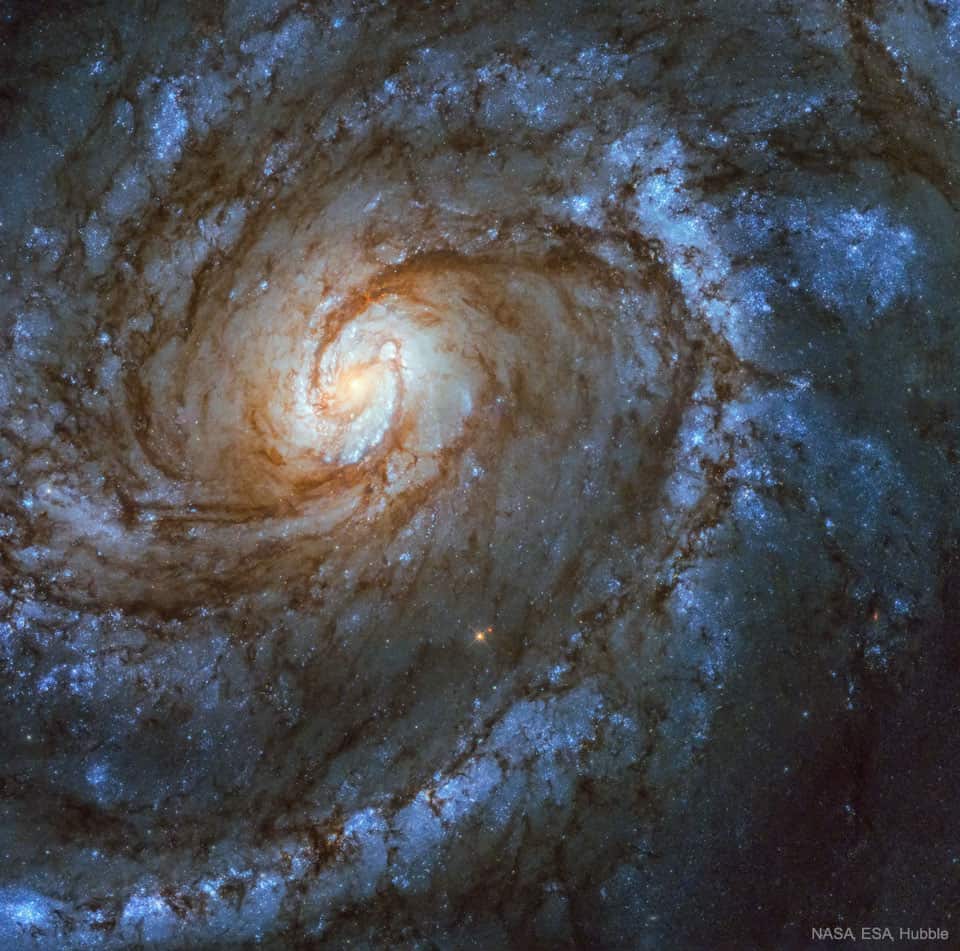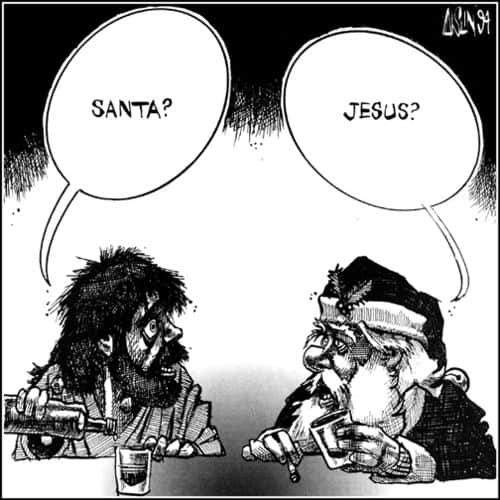Blog
Terry John Bozzio (born December 27, 1950) is an American drummer best known for his work with Missing Persons and Frank Zappa.
He has been featured on nine solo or collaborative albums, 26 albums with Zappa, and seven albums with Missing Persons. He has been a prolific sideman, playing on numerous releases by other artists since the mid-1970s. He was inducted into the Modern Drummer Hall of Fame in 1997. His son and stepdaughter are also drummers; the latter, Marina, being a member of the band Aldious.
more...Dardanelle or Marcia Marie Hadley (27 December 1917 in Avalon, Mississippi, U.S. – 8 August 1997 in Memphis, Tennessee, U.S.), was an American jazz artist known for performing with Lionel Hampton and early performer using a single name Dardanelle.
Dardanelle was a talented pianist, vibraphonist, and singer who was raised in a musical family. She studied music at Louisiana State University, holding a major, and worked as a house pianist at a local radio station. By the late 1930s she started to appear professionally on the national jazz scene. During the 1940s she led her own Dardanelle Trio, whith various collaboraters, initially with bassist Paul Edenfield and guitarist Tal Farlow. The trio recorded much music and became a regular fixture at New York’s Copacabana. By the 1950s Dardanelle moved to Chicago and paused music in favour of raising a family.
more...Johnny Frigo (December 27, 1916 – July 4, 2007) was an American jazz violinist and bassist. He first appeared in the 1940s as a violinist before working as a bassist. He returned to the violin in the 1980s and enjoyed a comeback, recording several albums as a leader.
Frigo died at age 90 of complications from a fall. He had been battling cancer, according to some reports of his death.
Frigo was born in Chicago and studied violin for three years beginning at age 7. In high school he started to play double bass in dance orchestras. In 1942 he played with Chico Marx‘s orchestra and performed a comedy routine on violin with Marx on piano.[1] He entered the United States Coast Guard during World War II and played in a band on Ellis Island with Al Haig and Kai Winding.
After a brief turn at active service near the end of the war he moved to New Jersey. He toured with Jimmy Dorsey‘s band from 1945 to 1947, later forming the Soft Winds trio with Dorsey’s guitarist Herb Ellis and pianist Lou Carter. During this time he wrote the music and lyrics to “Detour Ahead”,which has been recorded by Billie Holiday, Sarah Vaughan, Ella Fitzgerald, Bill Evans, and Carola. During that time, he also wrote the sardonic swing tune “I Told Ya I Love Ya Now Get Out” which was recorded by June Christy and the Stan Kenton Orchestra. Chicago jazz vocalist Erin McDougaldrecorded the song 50 years later on her album The Auburn Collection (2004).
more...The group is from Moldavia (north-eastern region of Romania, not from the former Soviet state called Moldova). It consists in 10 to 15 Gypsy musicians playing brass instruments. The band leader and his brothers (playing the bass and drum) played with Bregovich in Italy and the whole band played with Emir Kusturica on stage at Odissey 2001 concert in Bucharest. They also represented Romania at highest level at Aichi Expo 2005 in Nagoya – Japan.
more...Cataloged as NGC 6357, the Lobster Nebula houses the open star cluster Pismis 24 near its center — a home to unusually bright and massive stars. The overall blue glow near the inner star forming region results from the emission of ionized hydrogen gas. The surrounding nebula, featured here, holds a complex tapestry of gas, dark dust, stars still forming, and newly born stars. The intricate patterns are caused by complex interactions between interstellar winds, radiation pressures, magnetic fields, and gravity. NGC 6357 spans about 400 light years and lies about 8,000 light years away toward the constellation of the Scorpion.
more...John Scofield (born December 26, 1951), often referred to as “Sco”, is an American jazz-rock guitarist and composer whose playing spans bebop, jazz fusion, funk, blues, soul, and rock.
He has played and collaborated with Miles Davis, Dave Liebman, Joe Henderson, Charles Mingus, Joey DeFrancesco, Herbie Hancock, Eddie Palmieri, Pat Metheny, Bill Frisell, Joe Lovano, Pat Martino, Mavis Staples, Phil Lesh, Billy Cobham, Medeski Martin & Wood, George Duke, Jaco Pastorius, John Mayer, Robert Glasper, and Gov’t Mule.
Scofield’s family left Ohio and relocated to the small, then mostly rural town of Wilton, Connecticut; it was here that he discovered his interest in music.
Educated at the Berklee College of Music, Scofield eventually left school to record with Chet Baker and Gerry Mulligan. He joined the Billy Cobham/George Duke Band soon after and spent two years playing, recording and touring with them. He recorded with Charles Mingus in 1976, and replaced Pat Metheny in Gary Burton‘s quartet. Scofield received an Honorary Doctorate of Music from Berklee in 1997.
In 1976 Scofield signed with Enja Records and released his first album, John Scofield, in 1977. He recorded with pianist Hal Galper, first on his own solo album Rough House in 1978, and then on Galper’s album Ivory Forest (1980), where he played a solo rendition of Thelonious Monk‘s “Monk’s Mood”
https://www.youtube.com/watch?v=H34yjmsaAeE
more...Doug Hammond (born December 26, 1942) is an American free funk/avant-garde jazz drummer, composer, poet, producer, and professor. His first major release was Reflections in the Sea of Nurnen on Tribe Records in 1975.
He has worked with musicians including Earl Hooker, Sonny Rollins, Charles Mingus, Sammy Price, Donald Byrd, Wolfgang Dauner, Ornette Coleman, Steve Coleman, Nina Simone, Betty Carter, Marion Williams, Paquito D’Rivera, Arnett Cobb, James Blood Ulmer and Arthur Blythe.
more...George Edward “Butch” Ballard (December 26, 1918 – October 1, 2011) was an American jazz drummer who played with Louis Armstrong, Count Basie, and Duke Ellington.
Ballard was born in Camden, New Jersey and grew up in the Frankford section of Philadelphia. As a child he followed American Legion parades near his home, focusing particularly on the drummer. When he was about 10 years old, Ballard’s father bought him a set of drums from a pawnbroker and he began to take lessons for 75 cents each. He got the nickname “Butch” after Machine Gun Butch, a character in the film The Big House (1930). He attended Northeast High School in Philadelphia.[1] When he was 21, he married Jessie, for whom he bought a house in Philadelphia in 1950.
more...Zimbabwe
more...https://www.youtube.com/watch?v=DVh1pj1BDW0&index=5&t=848s&list=PLEB3LPVcGcWZ0hsQ5_jgSMhawAnDzy1io
more...Who is really carrying the burden anyway?
The illusion of caring and giving and love?
We all carry our own cross and all need to be loved!
Merry Christmas
Majestic on a truly cosmic scale, M100 is appropriately known as a grand design spiral galaxy. It is a large galaxy of over 100 billion stars with well-defined spiral arms that is similar to our own Milky Way Galaxy. One of the brightest members of the Virgo Cluster of galaxies, M100 (alias NGC 4321) is 56 million light-years distant toward the constellation of Berenice’s Hair (Coma Berenices). This Hubble Space Telescope image of M100 was taken recently with the Wide Field Camera 3 and accentuates bright blue star clusters and intricate winding dust lanes which are hallmarks of this class of galaxies. Studies of variable stars in M100have played an important role in determining the size and age of the Universe.
more...Don Gabriel Pullen (December 25, 1941 – April 22, 1995) was an American jazz pianist and organist. Pullen developed a strikingly individual style throughout his career. He composed pieces ranging from blues to bebop and modern jazz. The great variety of his body of work makes it difficult to pigeonhole his musical style.
Pullen left Roanoke for Johnson C. Smith University in North Carolina to study for a medical career but soon he realized that his true vocation was music. After playing with local musicians and being exposed for the first time to albums of the major jazz musicians and composers he abandoned his medical studies. He set out to make a career in music, desirous of playing like Ornette Coleman and Eric Dolphy.
more...Charles “Don” Alias (December 25, 1939 in New York City – March 28, 2006 in New York City) was an American jazz percussionist.
Alias was best known for playing congas and other hand drums. He was, however, a capable drum kit performer: for example, Alias played drums on the song “Miles Runs the Voodoo Down” from trumpeter Miles Davis‘s album Bitches Brew (1969) when neither Lenny White nor Jack DeJohnette was able to play the marching band-inspired rhythm requested by Davis.
Alias performed on hundreds of recordings and was perhaps best known for his associations with Miles Davis and saxophonist David Sanborn, though he also performed or recorded with the group Weather Report, singer Joni Mitchell, pianist Herbie Hancock, the Brecker Brothers, Jaco Pastorius, Pat Metheny, Nina Simone and many others. Alias was born in New York City and arrived in Boston in the early 1960s intending to study medicine but, after playing congas in a number of local bands, made an abrupt career switch.
https://www.youtube.com/watch?v=7XQ34XpfZ3Q&index=2&list=PLAC97F2F5B9EAB65A&t=0s
more...Oscar Frederic Moore (December 25, 1915 – October 8, 1981) was an American jazz guitarist who spent ten years with the Nat King Cole Trio.
Moore was born in Austin, Texas, but grew up in Los Angeles. During the 1930s he often worked with his brother, Johnny, who was also a guitarist. Beginning in 1937, he spent ten years with Nat King Cole in the guitar-bass-piano trio format that influenced Oscar Peterson, Art Tatum, and Ahmad Jamal. After he left Cole, he joined his brother in Johnny Moore’s Three Blazers through the 1950s. He recorded two solo albums in 1954, then left the field of music. During the last decades of his life, he laid bricks and ran a gas station. He died in Las Vegas, Nevada, in 1981.
more...
More Posts
- The Cosmos with NGC 578
- Peter Erskine
- Jerry Gonzales
- Laurie Anderson
- Freddie Stone
- World Music with Dobet Gnahoré
- Daily Roots with Bob Marley
- The Cosmos with UDG4
- Anthony Braxton
- Michelle Phillips
- Oliver Nelson
- Teddy Kotick
- Flamenco Fridays with Sabicas
- Daily Roots with Andrew Jones
- The Cosmos with NGC 5139
- Curtis Mayfield
- Grachan Moncur III
- Ted Curson
- Jimmy Rogers
- Josephine Baker




